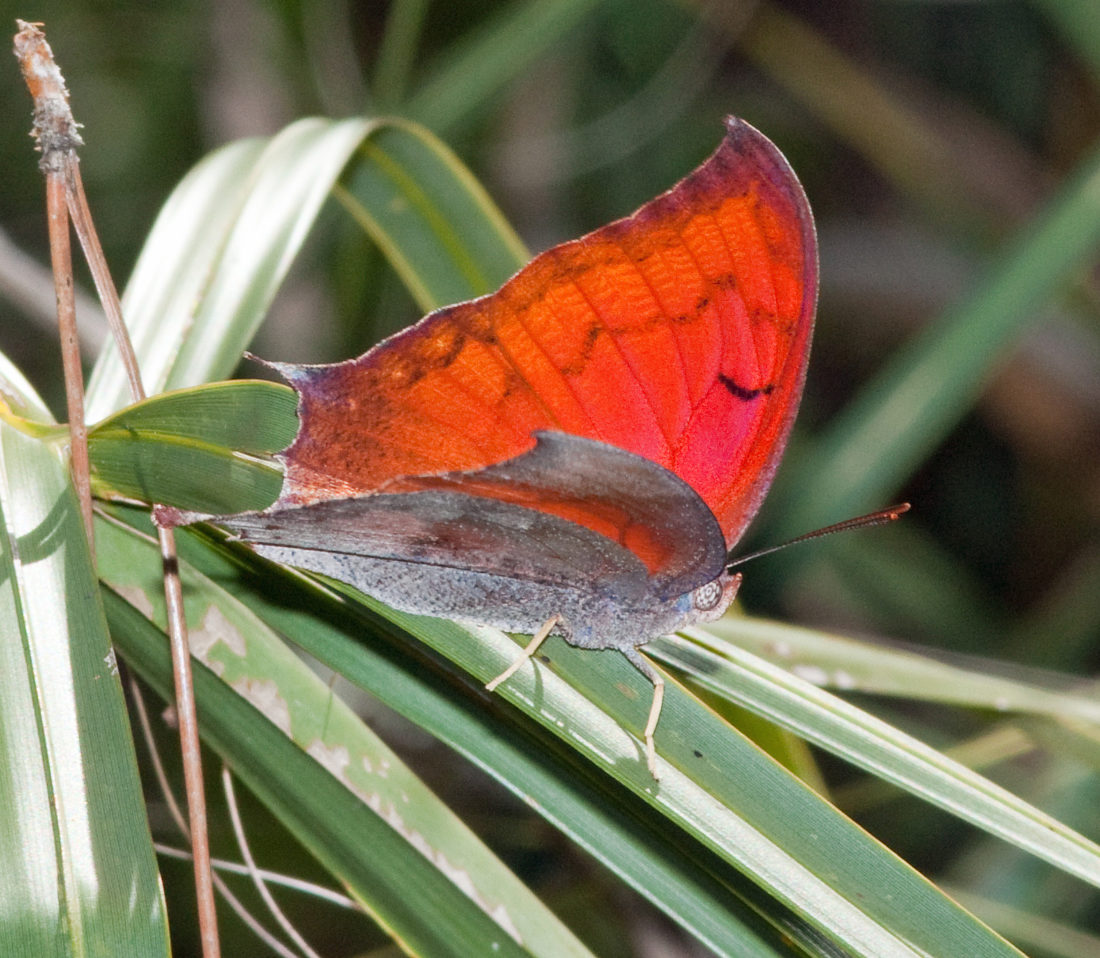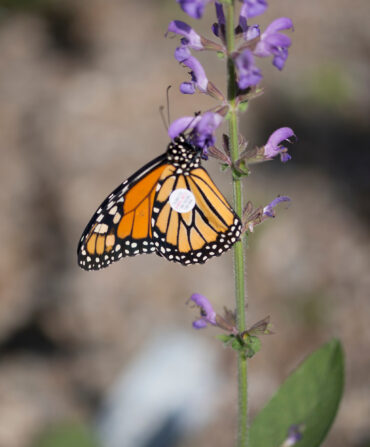Southerners share their home region with a myriad of critters large and small, seen and unseen, beloved and sometimes not so beloved. But they all have their place, and in honor of the fifteenth annual Endangered Species Day, designated as the third Friday in May, we’re taking a look at some of the South’s creatures that you might not have heard of and likely have never seen. From a blind fish to a majestic feline, these rare animals, in some cases hanging on by a thread, showcase the region’s incredible diversity—and remind us that its natural heritage is worth celebrating and protecting.
Everglades Snail Kite
Rostrhamus sociabilis
This endangered bird of prey is built for its diet, which consists almost entirely of apple snails found in Florida wetlands. The kite’s beak is slightly off center and curved, allowing it to expertly pluck the snails from their spiral shells. Disruption of water flow and habitat loss have hurt both snail and bird populations, and the Florida Audubon Society is working to restore habitat in the Everglades and Lake Okeechobee, a key nesting site, as well as rehabilitating injured kites at the Audubon Center for Birds of Prey in Maitland, Florida.
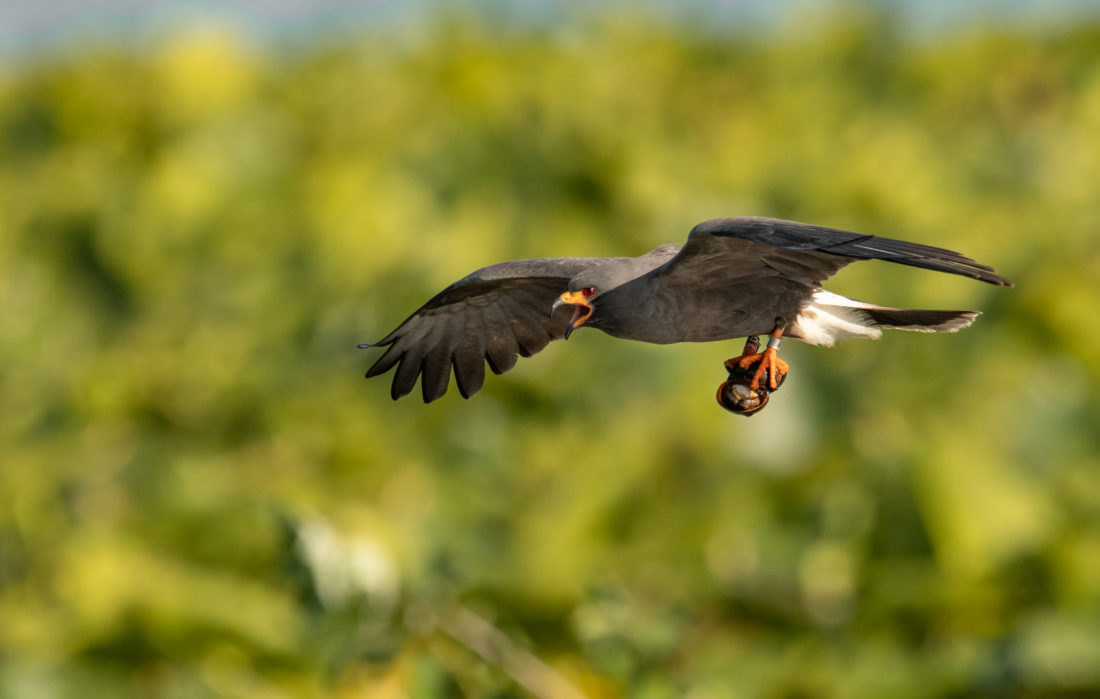
Gulf Coast Jaguarundi
Puma yagouaroundi cacomitli
These medium-sized cats are secretive, little-known, and rarely seen. The last documented sighting of a jaguarundi in the United States was in Brownsville, Texas, in 1986. But populations still persist in Mexico, and with the right habitat recovery—jaguarundis once frequented the dense thorny shrublands of the Rio Grande Valley—there is still hope that they might one day return to Texas.
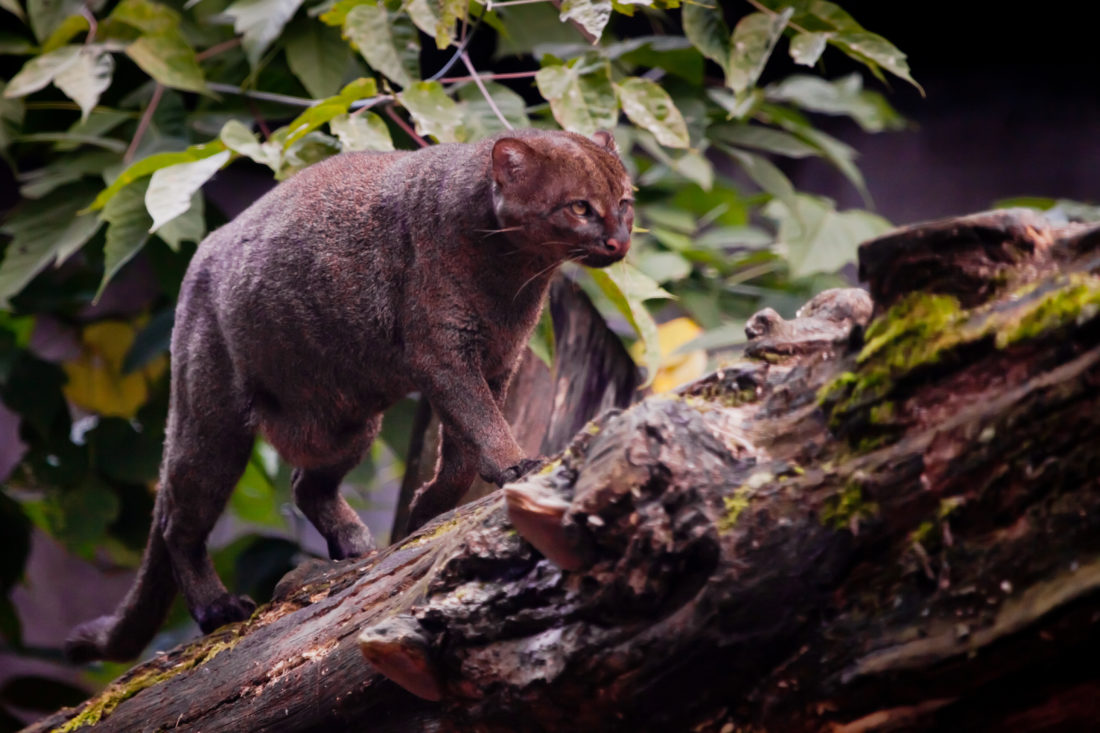
Ozark Cavefish
Amblyopsis rosae
Over thousands of years spent below ground, the Ozark cavefish lost its eyesight and its pigment, leaving it whitish-pink and reliant on sensory organs that detect water movement to catch prey—that is, when it’s not eating bat guano, which makes up part of its diet. The small fish is found only in the cave systems within the Springfield Plateau of the Ozark Mountains, where it has been reported in just over fifty caves in Arkansas, Oklahoma, and Missouri. Though not yet listed as endangered, the fish is threatened and in decline due to water pollution and human disturbance of caves.
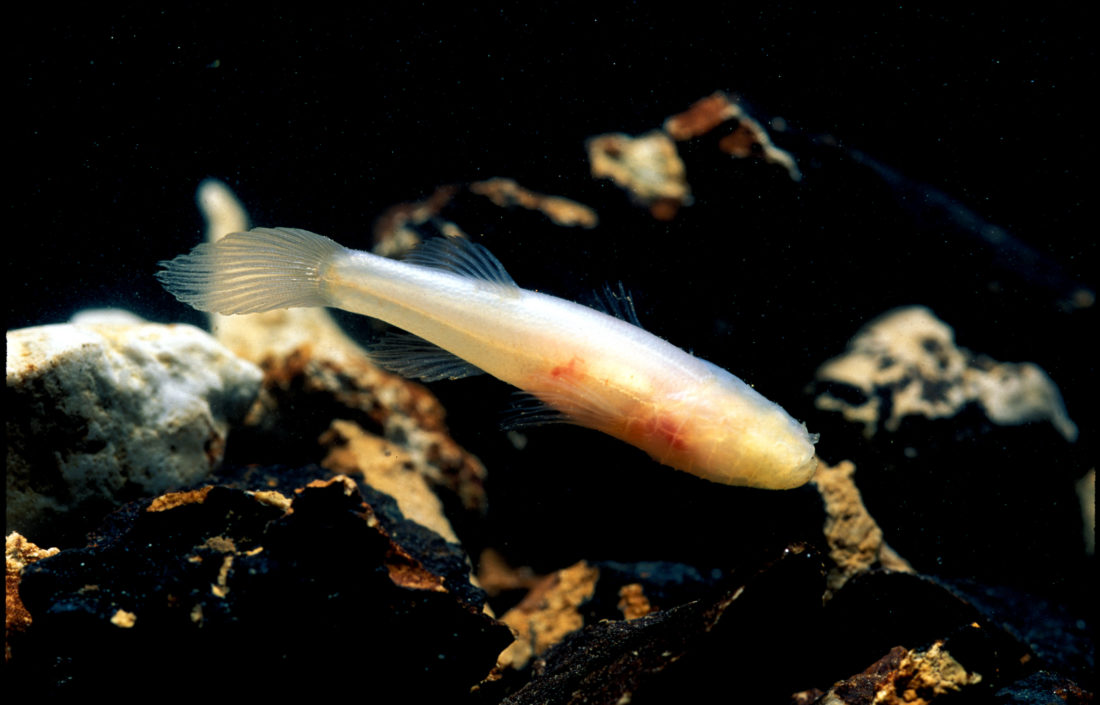
Weller’s Salamander
Plethodon welleri
Along with many Appalachian salamanders, the Weller’s occupies a very specific habitat—in this case, high elevation spruce fir forest. Lungless, with permeable skin for breathing, the stunning gold-hued amphibians exist only in a few tiny pockets in the mountains of North Carolina, Virginia, and Tennessee, which means a single event such as a storm, fire, or forest clearing could wipe out an entire population.
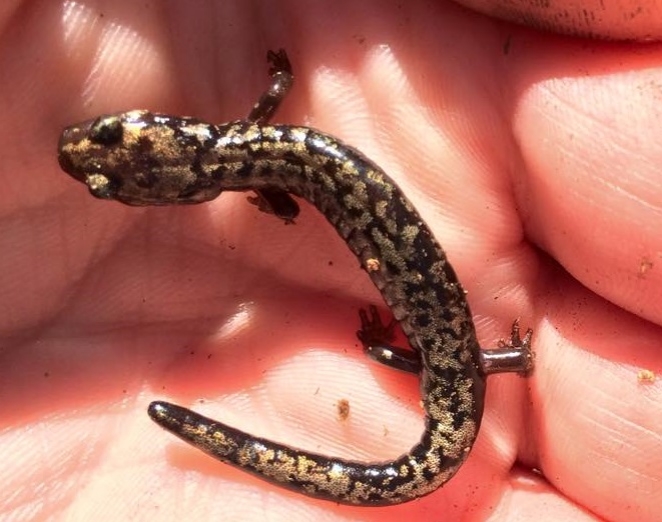
Flattened Musk Turtle
Sternotherus depressus
The critically endangered flattened musk turtle is found in a single watershed of Alabama, the Black Warrior River system. This small, aquatic turtle has a distinctly flat upper shell, which gives it the first part of its name; the second part comes from the foul smell it can emit from glands along the sides of its body when disturbed. (The common musk turtle, a close relative, is nicknamed “the stinkpot.”)
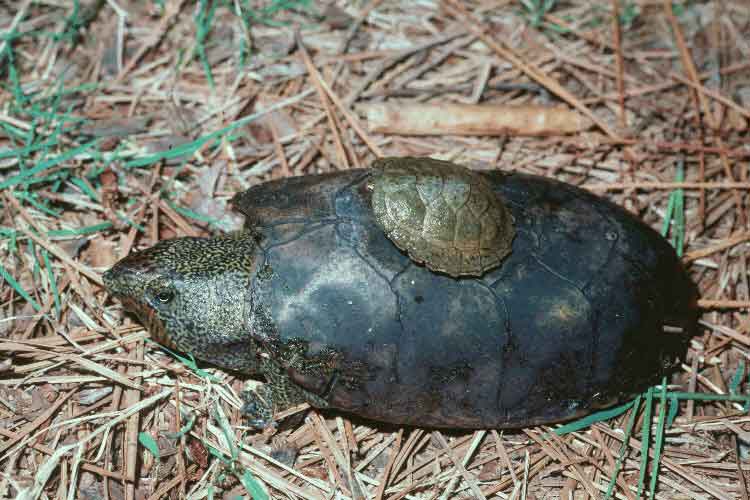
Florida Leafwing Butterfly
Anaea troglodyta floridalis
Coupled with its rarity, the camouflage of the Florida Leafwing makes it difficult to spot in its habitat within Everglades National Park, the only place it still remains. Though characterized in flight by flashes of bright red or orange, once the butterflies land and close their wings, they’re nearly indistinguishable from a dead leaf.
